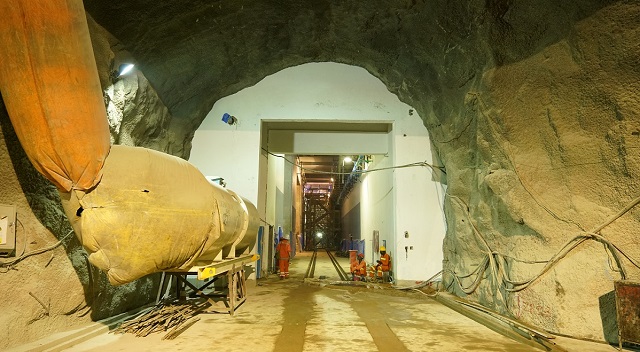(Brussels) – On January 1, 2025, the flow of Russian gas through Soviet-era pipelines running through Ukraine came to an end, marking a major shift in Europe’s energy landscape. This halt in gas transit, effective at 7:00 GMT, comes after nearly three years of war but does not appear to have a significant impact on European consumer prices, unlike in 2022 when reductions in Russian gas deliveries caused a surge in energy costs, aggravating the cost of living crisis across the European Union.
The countries that had remained dependent on Russian gas via Ukraine, such as Slovakia and Austria, have already secured alternative sources of energy, minimizing disruptions. Hungary, however, will continue to receive Russian gas through the TurkStream pipeline, which runs under the Black Sea, bypassing Ukraine altogether.
This gas supply interruption has also affected Transnistria, a Russian-occupied region in Moldova, which now faces disruptions in heating and hot water due to its reliance on the same gas routes. The European Commission has assured that the EU was well-prepared for this moment, with a spokesperson stating that “the European gas infrastructure is flexible enough to provide gas from non-Russian sources” and noting that significant investments had been made in liquefied natural gas (LNG) import capacities since 2022.
Ukraine’s decision not to renew its transit agreement with Russia highlights its commitment to reducing reliance on Russian energy. Ukrainian Energy Minister German Galushchenko emphasized that Europe has already strategically moved away from Russian gas. “We stopped the transit of Russian gas. This is a historic event. Russia is losing its markets; it will suffer financial losses,” Galushchenko remarked.
The financial impact of the halt is substantial on both sides. Ukraine will lose around $800 million annually in transit fees, while Russia’s state-owned energy giant Gazprom is expected to face a $5 billion loss in gas sales. The cessation of gas deliveries is the culmination of years of escalating tensions, with the Yamal-Europe pipeline, which previously ran through Belarus, also shut down and the Nord Stream pipeline, which connected Russia to Germany, sabotaged in 2022.
In 2018, Russia delivered a record 201 billion cubic meters of gas to Europe, but by 2023, that number had dwindled to just 15 billion cubic meters, with the last significant contract between Ukraine’s Naftogaz and Gazprom expiring on January 1, 2025. Ukraine’s halt in gas flow deprives Russia of an estimated $5-7 billion in revenue annually.
Despite these losses, Ukraine assures that its citizens will not feel the immediate effects of the change. “We will provide gas, and accordingly heat, to the homes of every Ukrainian,” Galushchenko assured, signaling Ukraine’s ability to meet domestic energy needs despite the broader disruption to Russian gas flows.




















